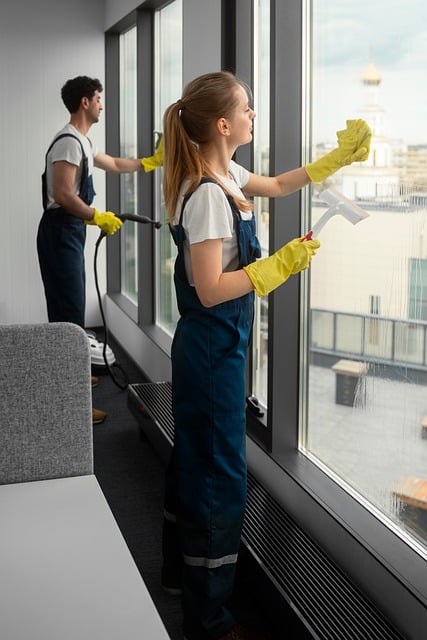Global Demand and Skills for Custodial Roles
This article examines the global demand for custodial roles and the practical skills employers and workers rely on. It highlights operational factors such as maintenance priorities, sanitation standards, scheduling patterns, and pathways for training and career development across diverse workplaces.

Demand for custodial roles responds to public health expectations, commercial property management, and institutional standards across regions. Employers seek reliable staff who can perform routine cleaning and maintenance while adapting to changing hygiene protocols and supply constraints. This overview explains common job functions, essential skills, operational considerations such as shifts and scheduling, and how training, certification, and equipment influence safety and compliance in a variety of settings.
Custodial duties and maintenance
Custodial work typically covers a range of responsibilities from routine cleaning to light maintenance. Daily tasks may include sweeping, mopping, trash removal, restroom upkeep, floor care, and basic repairs or reporting of facility issues. Effective custodial staff understand how maintenance workflows intersect with building operations: timely upkeep prevents deterioration of fixtures, extends the life of surfaces and equipment, and supports a safe environment. Employers often document duties in standard operating procedures to ensure consistent service and accountability.
Cleaning, sanitation, and hygiene practices
Cleaning and sanitation are central to custodial roles, with an emphasis on hygiene in high-touch areas. Best practices involve selecting appropriate cleaning agents, following manufacturer guidance for surfaces, and applying proper dilution and dwell times for disinfectants. Attention to hygiene protocols reduces cross-contamination risks, particularly in healthcare and food-service environments. Proper labeling, safe chemical handling, and adherence to institutional sanitation standards are important for consistent outcomes and worker safety.
Shifts, scheduling, and work patterns
Custodial roles frequently involve varied shifts, including day, evening, overnight, and weekend schedules, depending on facility needs and peak usage times. Scheduling must balance coverage for cleaning, special projects, event turnover, and maintenance windows while complying with local labor regulations. Flexibility and clear communication about shift expectations, break schedules, and overtime policies help maintain workforce stability. Some organizations use rotating schedules or split shifts to match operational peaks without disrupting core services.
Wages, certification, and career pathways
Compensation for custodial roles is influenced by local labor markets, employer type, required skills, and shift patterns. Many workers advance through on-the-job experience into supervisory or facilities roles, while formal certification in areas such as hazardous materials handling, floor care, or infection control can broaden opportunities. Employers may offer training-linked progression, and certifications demonstrate competence in compliance and safety practices. Specific wage figures and job availability vary widely by region and sector, so consult local resources for current information.
Equipment, supplies, and safety
Effective custodial work depends on appropriate equipment and supplies—vacuum cleaners, floor machines, microfiber cloths, chemical dispensers, and personal protective equipment (PPE). Regular maintenance of equipment and inventory controls for supplies ensure consistent performance and reduce downtime. Safety practices include correct PPE use, safe lifting techniques, and protocols for handling spills and biohazards where applicable. Compliance with local safety regulations and manufacturer guidelines protects workers and building occupants.
Training, compliance, and advancement
Training covers technical skills such as specialized cleaning methods, operation of machinery, and safe chemical handling, as well as soft skills like communication and time management. Compliance training often addresses regulatory standards for sanitation, waste disposal, and occupational safety. Structured onboarding and periodic refresher training help keep practices current, especially when regulations or product formulations change. Opportunities for advancement can come from demonstrating leadership, completing certifications, or cross-training into related facilities or maintenance roles.
Conclusion Custodial roles play a foundational part in maintaining safe, functional environments across sectors. Demand is shaped by public health priorities, facility types, and operational models that determine shifts, supplies, and equipment needs. Investment in training, adherence to safety and compliance standards, and clear scheduling practices contribute to consistent cleaning and maintenance outcomes, while certification and experience can support professional development within facilities management.






